Nebraska Nitrate Working Groups - Summary and Call for Action
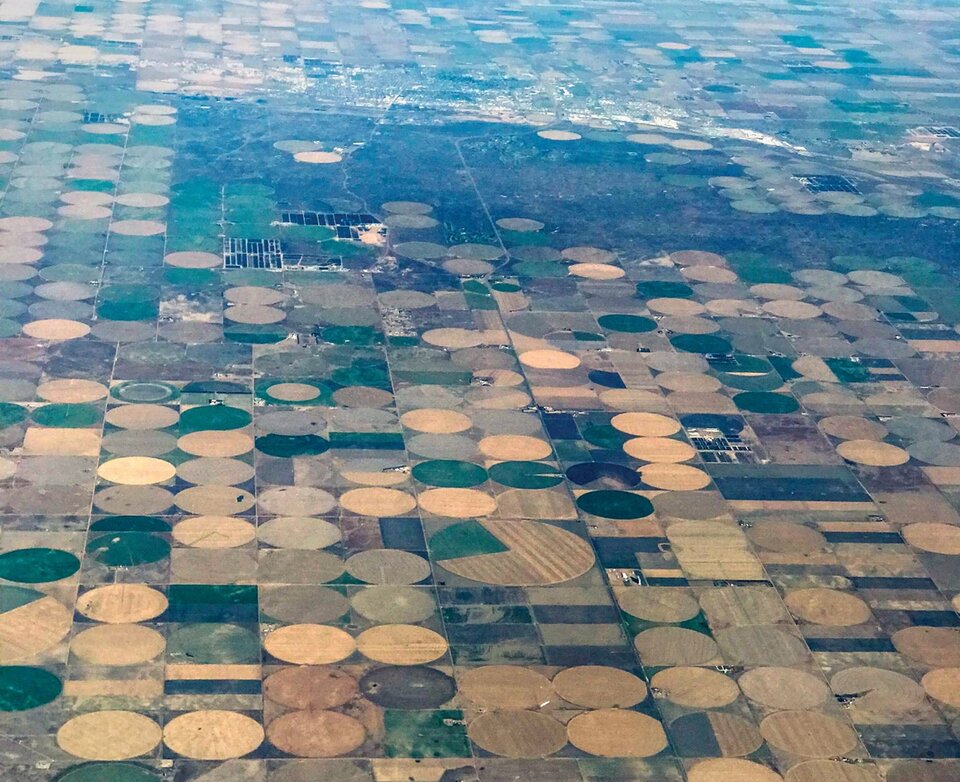

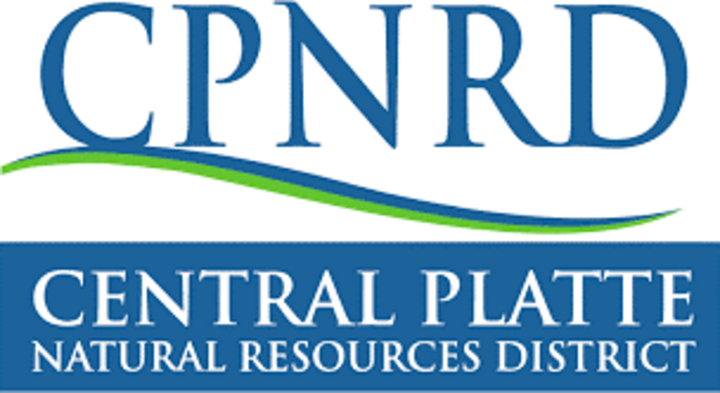
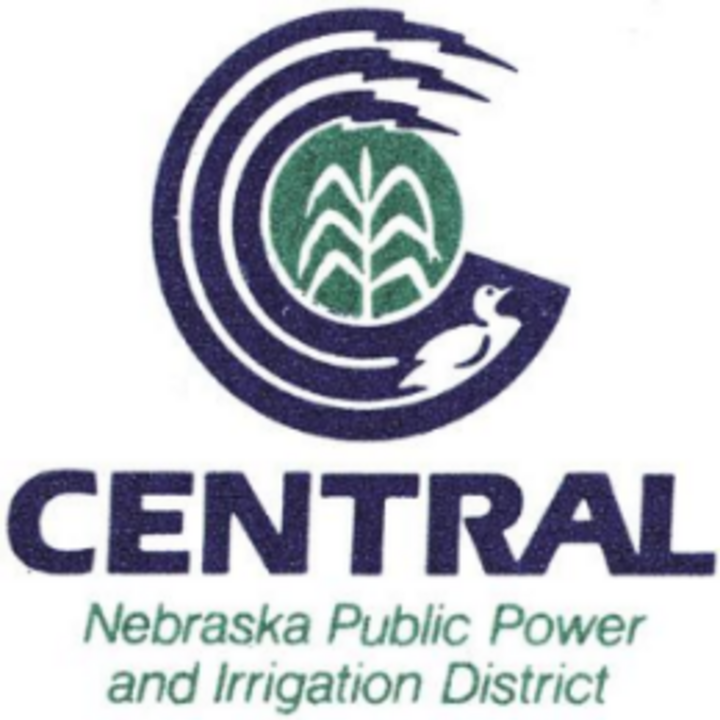
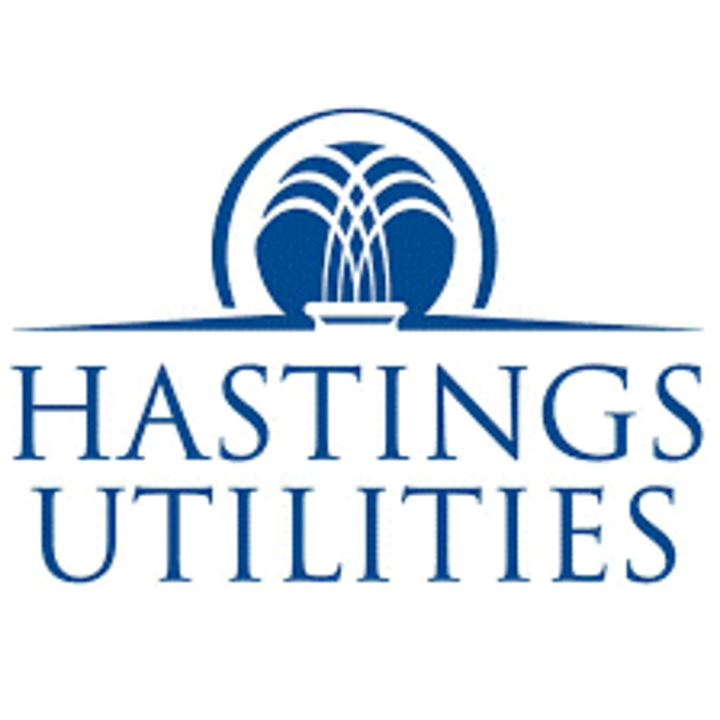

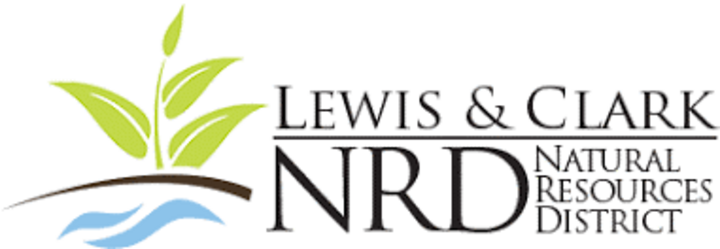
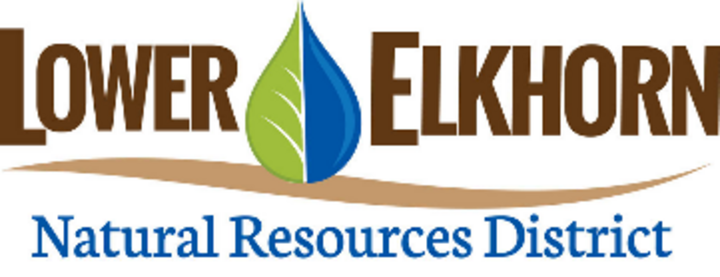
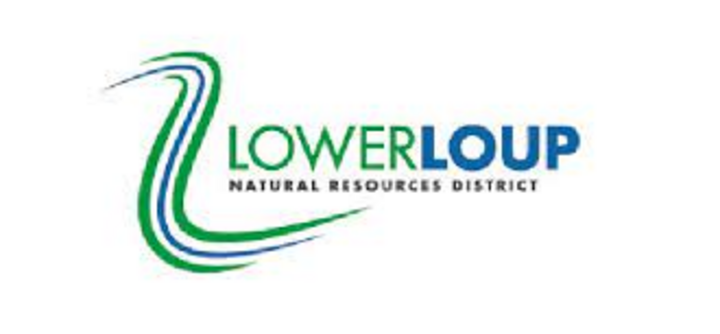



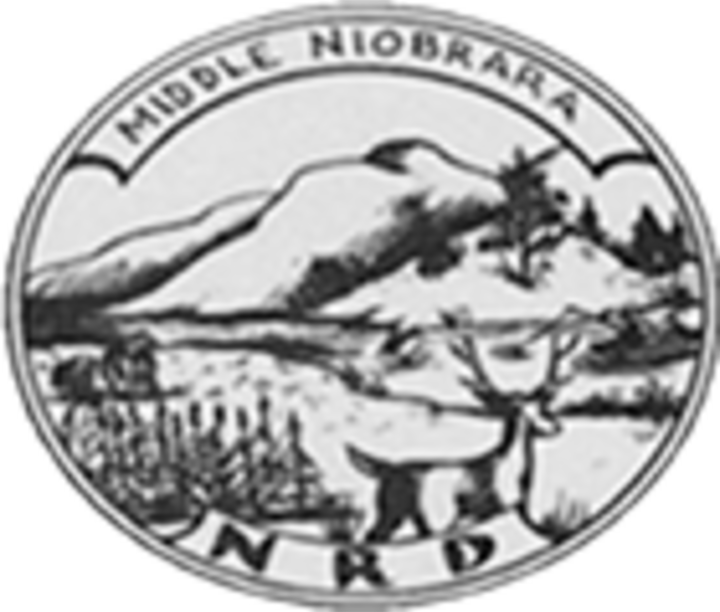
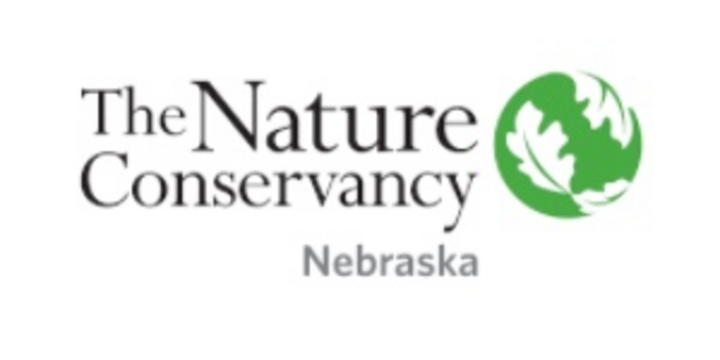


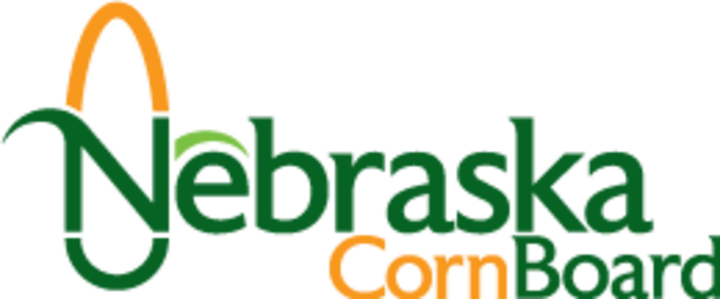
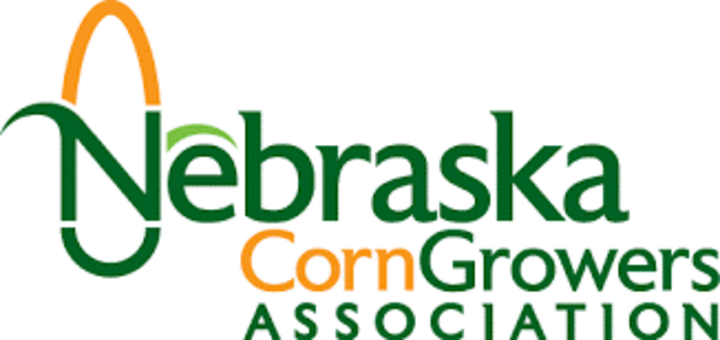
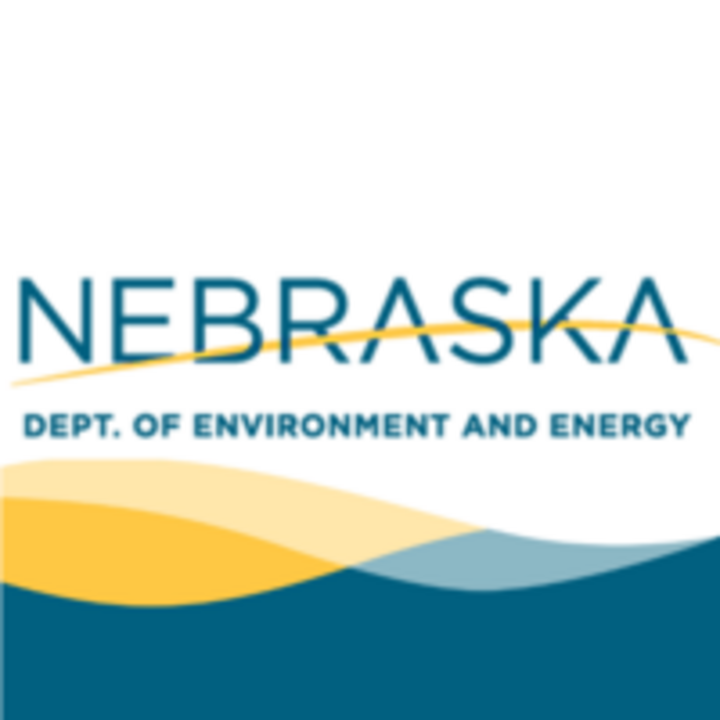
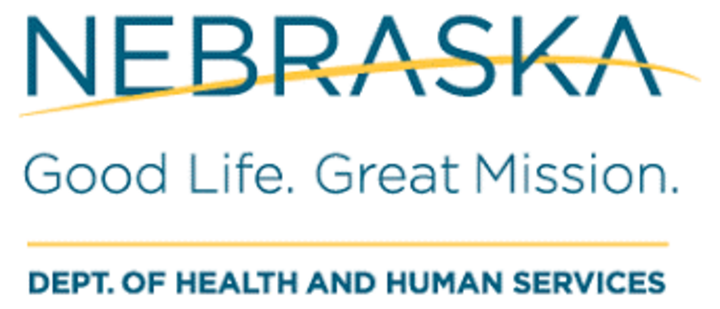
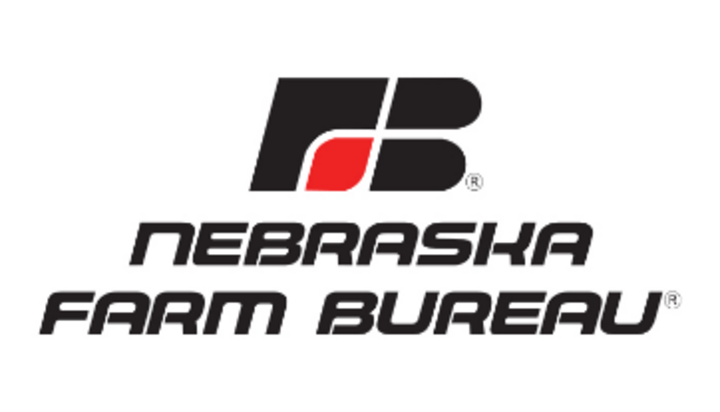

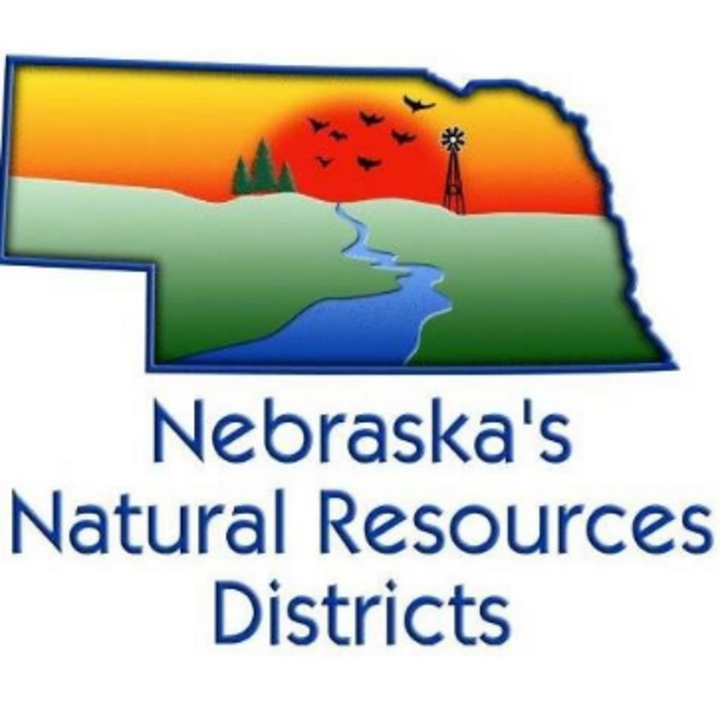
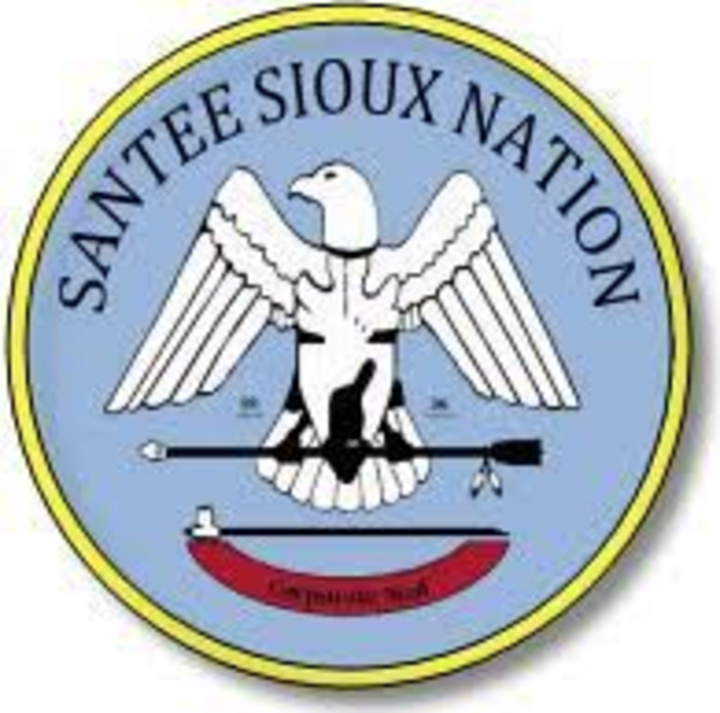
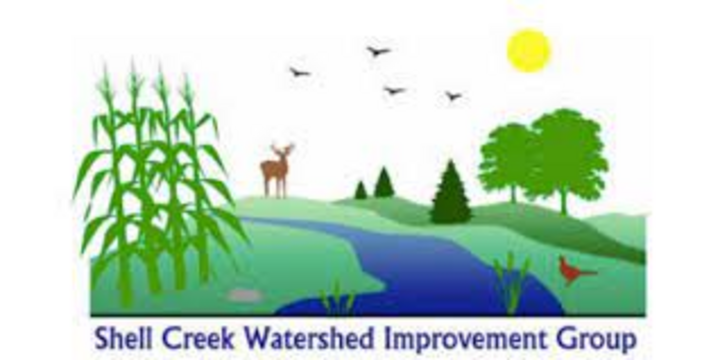

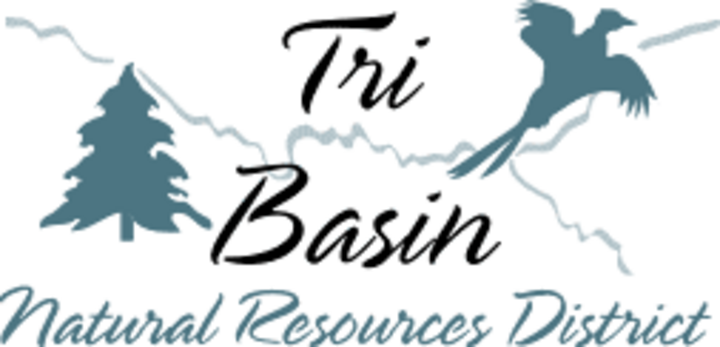
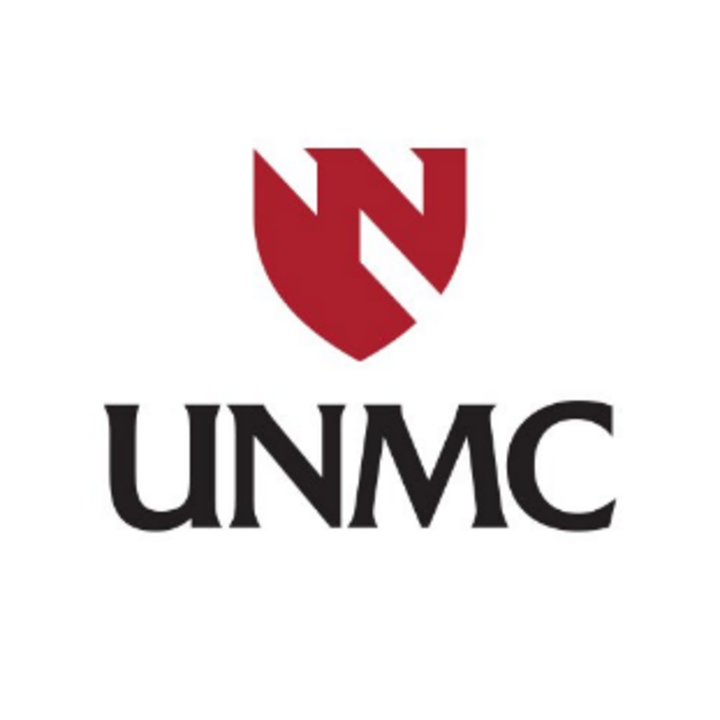
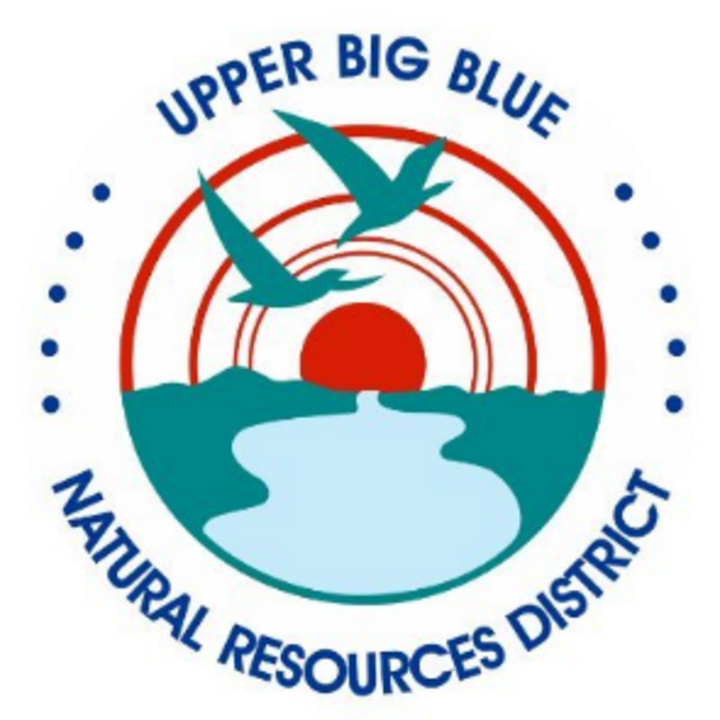

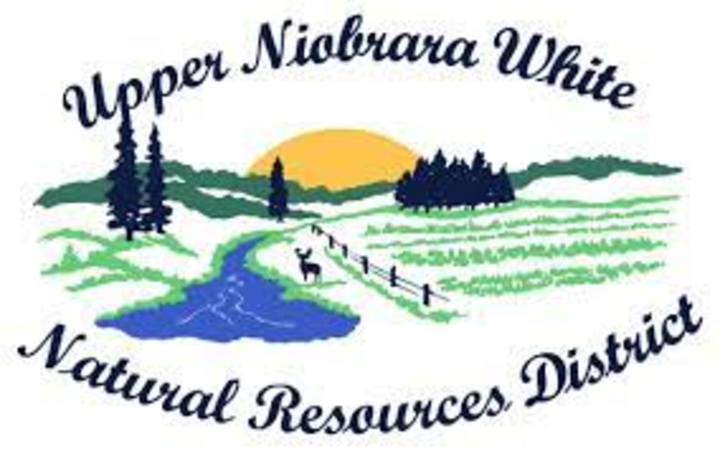
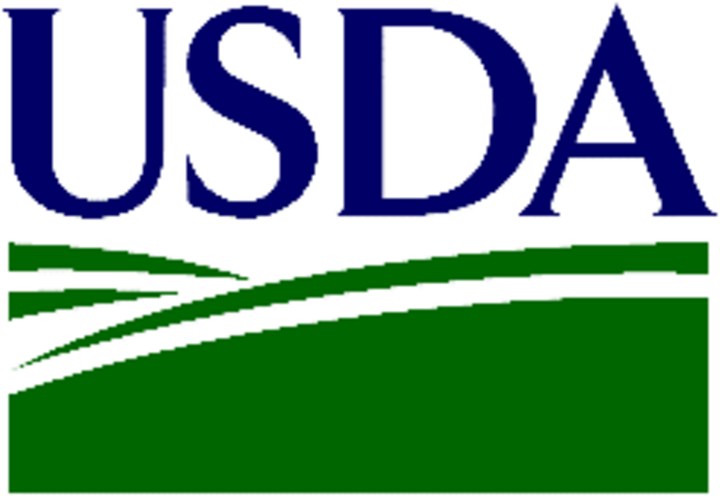
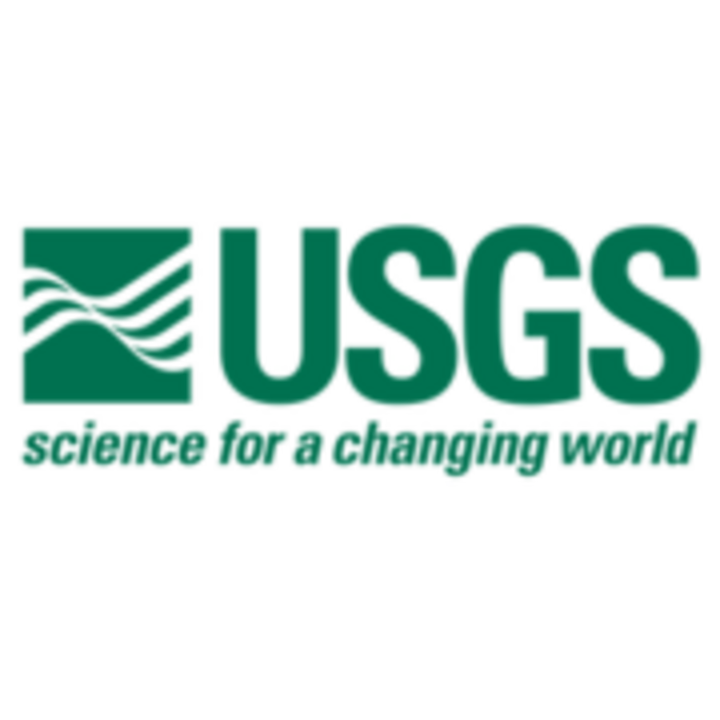
For the past several decades, organizations across Nebraska have taken the lead on a variety of programs seeking to address the increasing nitrate concentration in the state’s groundwater. The Nitrate Working Groups were convened with the purpose of complimenting these individual programs by finding common efforts which partner organizations can prioritize and collaboratively address.
Nitrate Basics
Nitrogen is an essential element for plant growth and therefore, Nebraska's agricultural industry. However, when nitrogen leaves the crop root zone it becomes a liability for groundwater, surface water, and air quality. For more than 40 years, levels of nitrate in Nebraska’s groundwater have been increasing, with several townships now above 20 ppm. In 2017, 349 towns and cities in Nebraska, serving 1.4 million people (about three-quarters of the state’s population), had nitrate levels above background. The primary source of nitrate in Nebraska is identified as commercial fertilizers and is most evident in areas beneath irrigated corn fields, on sandy soils, with shallow depth to groundwater. Currently 26-35% of applied nitrogen to corn is still lost to the environment in Nebraska. This loss is related to management practices, hydrogeology, and climate.
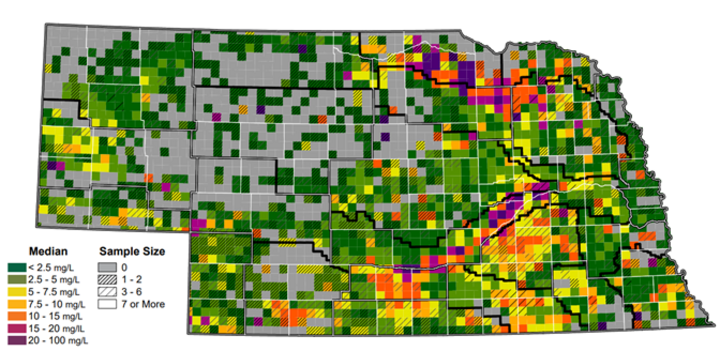
Drinking Water Nitrate is a Lifetime Health Risk
In 1992, Nitrate became a regulated compound under the Federal Clean Drinking Water Act. A maximum safe level of 10 ppm was established based on epidemiological studies of methemoglobinemia (blue baby syndrome). A growing body of recent research is also showing connection with drinking water nitrate and increased lifetime risk for cancers, particularly colorectal and pediatric, thyroid disease, and adverse reproductive outcomes.
Nitrate is a Rural Vitality Liability
Fertilizer lost as nitrate is both an economic loss to the farmer and a loss to the community. 80% of Nebraskans rely on groundwater for drinking water and nearly 100% of rural residents utilize domestic (private) drinking water wells. For small communities of less than 500, the cost of nitrate treatment in Nebraska ranges from $90 to $650 per person annually. Treating the water at the tap (point of use) costs between $50 and $250 per person annually. The impacts of these factors can become a liability to local and regional growth.
Implementing Practices for Better Water Quality Today and in the Future
Producers and partner organizations in Nebraska have been implementing practices since the 1980s to reduce these high nitrate concentrations in water. Technology and management changes have led to systems with improved irrigation and nitrogen use efficiency. In some shallow groundwater systems, such as the Central Platte NRD, nitrate concentrations have slightly decreased. Unfortunately, scale and scope of these practices have not met the challenge facing the state. All Nebraskans can participate in improving the state’s drinking water quality to ensure a prosperous future.
Establishing Nitrate Working Groups
Broad Consensus: Providing Safe Drinking Water for All Nebraskans is a Priority
In January 2020, the Nebraska Water Center and University of Nebraska Extension convened a group of Nebraska’s leaders in agriculture and water management. Attendees established an overall goal that “all Nebraskans will have access to safe water.” To achieve this goal, three topics were prioritized for multi-sector collaboration: awareness, education, and policy.
Working groups were formed based on these topics with a focus on relationships & connections as the basis for creating a broad coalition. A systems thinking approach with facilitated ideation was used to develop actionable projects that can be implemented in 3-5 years and require cross-organizational support. Overall, 85 participants from 31 organizations developed the following initial proposals.
Next steps
Working group participants acknowledge conditions beyond the reach of this effort, including federal policy, private industry investment, and the global agricultural markets. However, the Nitrate Working Groups identified several initial actions that can collaboratively provide impact. Please note the specific action items identified in each proposal and consider how your organization can provide leadership, collaborate, or promote the deliverables.
Awareness Working Group Proposal
Most Nebraskans do not perceive nitrate in their drinking water as a concern despite evidence of rising nitrate concentrations throughout most groundwater in the state. As the body of evidence of the impact of Nebraska’s water quality on human health grows, improved public health communication dealing with these water quality challenges is needed. The Nitrate Awareness Working Group recommends an awareness campaign as part of a broader strategy designed to motivate locally driven actions and generational changes which restore and protect water resources by providing needed tools, skills, and data.
Call to Action:
Commit leadership, time, money, or other resources to support the development of a shared communication resource for Nitrate awareness, identify local champions, deliver programing to protect drinking water and public health, and develop a Nebraska Water Quality App.
Goal:
Connect all Nebraskans to actionable information about water quality.
Specific short-term recommendations include:
Action 1: Develop a Shared Communications Resource
An essential component for building statewide awareness is to create a shared set of communications resources with unified messaging. Hearing similar messages from multiple partners builds clarity and trust in the information presented. However, it is also critical that messaging is tailored to specific audience needs and interests. The working group proposes the creation of a communications plan and toolbox that includes consistent communication themes, locally relevant messaging, traditional and digital media content development, and a website for public access. Specific short-term tasks include developing:
- consistent themes (messages)
- locally relevant messaging (tailored for specific audiences)
- publicly accessible website (or clearinghouse) with communications plan resources
- educational documents (e.g. graphics, flyers, factsheets, posters, presentations, etc.)
- video storytelling products (e.g. develop videos which broadly cover nitrate issues)
- PR/social media pieces
- media campaign plan
- water-health communications toolbox
Action 2: Empower Local Champions to Deliver Messaging
Locally trusted messengers are critical for statewide engagement with the communications content. The working group proposes creation of a trained network of local champions who can work in partnership with water professionals and local citizens to deliver the shared communication resources (Action 1). We propose building from existing successful networks including local community leaders, water and health professionals, Water Leaders Academy, high school programs, and AmeriCorps. Specific tasks include:
- Develop water science education, leadership, and communications modules to train new and existing local water leaders to deliver the shared communication resources.
- Develop a High School Water Ambassadors program collaboratively with established programs.
- Train watershed groups (building capacity) on how to communicate with the public, producers, and local media on watershed science and technical topics.
- Identify and train local leaders in collaboration with partner organizations.
- Facilitate community development of a Source Water Protection Management Plans.
- Assist communities in developing a communications plan about local drinking water issues.
Action 3: Deliver Programing to Protect Drinking Water and Public Health
Once shared communications resources are developed and messengers are identified, the programming will need to be tailored and delivered to target audiences. The working group proposes to identify the specific needs and available resources of individual communities to address local water pollution, climate, and public health issues related to drinking water. Specific tasks include:
- Help local champions identify key programs and activities impacting resources management where local leadership is needed.
- Deliver shared communications resources at local events (e.g., community meetings, festival participation, door-to-door communication etc.).
- Implement the media campaign (and hiring an associated campaign coordinator).
- Analyze and evaluate existing water quality education and outreach practice strategies used with target communities and audiences for effectiveness.
Action 4: Develop a “Nebraska Water Quality App” and Facilitate Its Use
To facilitate data sharing, the major water quality related datasets in Nebraska, including the Clearinghouse database, Vadose zone database, USGS Quantity & Water-Quality Data, Beach Watch Data, and other types of data (e.g. real-time sensors data), need to be holistically considered. To make these data sets more publicly accessible, the working group proposes to develop an interactive mobile app. Use of the app will assist Nebraskans in identifying if and how the nitrate is pertinent to them individually, actions they can take, and provide a feedback loop for citizen science data. Specific actions include:
- Transfer Nebraska water quality related data to mobile devices for public access.
- Provide location-based water data services to access the water quality data from anywhere and anytime across the state.
- Incorporate a feedback mechanism for citizen science water quality data collection.
- Provide notifications in the app to assist individuals in managing personal water needs (e.g change water filter, annual water testing, pump septic system, etc.).
- Develop programs for the facilitated use of the Nebraska Water Quality App.
Policy Working Group Proposal
Agriculture policy can be a tool for encouraging equitable minimum standards and incentivizing innovation. Nebraska has a robust local water governance structure in the Natural Resource Districts. This working group looked at policies that can compliment on-going local water quality efforts.
Call to Action:
Champion policy actions in Nebraska by providing leadership and support to refine the policy program implementation approach.
Goal:
Nebraskans will have continued access to safe water through encouraging equitable adoption of behaviors that address the nitrate issues in Nebraska.
Overview:
Nitrate loss is an economic challenge and community liability, at any scale. Addressing it will continue to be a pressing regional economic development issue. To address this challenge, all Nebraskan’s need to work together.
Recent studies show:
- Field losses to excess nitrogen and irrigation applications averaged over $50/ac annually.
- Nebraska communities are spending $60 to over $600 per person annually to treat drinking water.
- U.S. health impacts are estimated from $250 million to $1.5 billion annually from nitrate.
Action: Fertilizer Checkoff
The Policy working group proposes to develop a checkoff program for nitrogen fertilizer. Funds from the checkoff would be placed in a fund governed by a representative board (geographically, producers, municipalities, academics, other industries, homeowners). Prioritization would be data driven and solution oriented. The fund management would include providing a multiplier effect through cost share of up to 3 to 1, depending on the activity supported.
Potential Activities Supported
The checkoff would fund activities which help ensure all Nebraskan’s have access to safe drinking water. Categories may include water treatment, awareness, education, research, or prevention through land and water management. Reducing use of fertilizer reduces individual checkoff obligations and therefore rewards favorable outcomes. Potential activities supported may include, but are not limited to:
- Data driven implementation of priority conservation practices
- Activities which remove barriers to adoption of new technologies and/or management practices (scientific validation, education, ROI analysis, etc.)
- Research that will contribute to safe water for all Nebraskans
- Communications and awareness campaigns
- Point-of-use and community water treatment
Appendixes
Nebraska’s Nitrate Challenge
Nitrogen is an essential element for plant growth and therefore, food and fiber production. Nitrate is one of two forms of nitrogen that plants can uptake. High crop yields in Nebraska are achieved, in large part, due to fertilization (with nitrogen). Thus, the nitrate ion is essential to the agricultural industry in Nebraska and the state’s economy. Unfortunately, when this ion escapes into the environment, it poses a variety of challenges.
Nitrogen in the Environment
Most studies recognize that nitrate does occur naturally in groundwater. Madison and Brunet (1985) conservatively estimated that nitrate concentrations above 3 mg/L indicate anthropogenic contributions of nitrate. Mueller and Helsel (1996) estimated this number to be closer to 2 mg/L and a more recent nationwide study has estimated that concentrations over 1 mg/L indicate human activity (Dubrovsky and Hamilton 2010).
Nitrate-nitrogen (NO3-N) concentrations in groundwater have been found to be a problem in central and western states of the United States, including Nebraska, where groundwater accounts for more than 80% of public water supply withdrawals and almost all private rural domestic water supply.
Historical Studies
Several studies and evaluations have documented the challenge of increasing nitrate concentrations in Nebraska waters throughout the past 40+ years. The first national evaluation of the distribution of nitrate in groundwater evaluated more than 87,000 wells in 1985 (Madison and Brunett 1985). At that time, two areas in Nebraska with widespread contamination of groundwater due to nitrate were identified: the Central Platte region and the O'Neill-Atkinson area in northern Holt County (Adelman et. al 1985).
In 1999, The US Department of the Interior, Bureau of Reclamation in cooperation with the Nebraska Natural Resources Commission assessed the problems, needs, and alternatives for nitrate and small Nebraska communities and rural domestic water supply users (US Bureau of Reclamation 1999). The assessment concluded that no single solution to nitrate contamination will benefit all Nebraska communities due to the wide variation in geologic and water quality conditions, and many different types of water system infrastructure.
More recent studies have shown increasing nitrate concentrations throughout the state, resulting in the exploration of new groundwater and nitrogen management regulations (Wells et al. 2018). Between 2003 and 2017, 349 towns and cities in Nebraska, serving 1.4 million people (about three-quarters the population of the state), had nitrate concentrations above 3 mg/L in their community water systems, indicating anthropogenic contributions (Weir Schechinger 2020)
Nitrogen and Human Health
In 1992, Nitrate became a regulated compound under the Federal Clean Drinking Water Act. A maximum level of 10 ppm was established based on epidemiological studies of methemoglobinemia (blue baby syndrome) (Comely 1945, Walton 1951). A growing body of recent research is also showing connection with drinking water nitrate and increased lifetime risk for cancers, particularly colorectal and pediatric, thyroid disease, and adverse reproductive outcomes (Ward 2018 and 2021).
Nitrate as a Rural Vitality Liability
Fertilizer lost from a cropping system as nitrate is both an economic loss to the farmer and a loss to the community. 80% of Nebraskans rely on groundwater for drinking water and nearly 100% of rural residents utilize domestic (private) drinking water wells. Ninety-nine of the nearly 550 public water systems in Nebraska perform quarterly nitrate sampling due to elevated nitrate concentrations (NDEE 2020).
For small communities of less than 500, the cost of nitrate treatment in Nebraska ranges from $90 to $650 per person annually. Treating the water at the tap (point of use) costs between $50 and $250 per person annually. The presence of high concentrations of nitrate in groundwater can also lead to the increased presence of naturally occurring soluble pollutants such as uranium, leading to additional treatment needs. The impacts of these factors can become a liability to local and regional growth.
Nitrogen Sources and Trends
Fertilizers, animal waste, waste lagoon sludge, septic systems, and nitrogen-bearing minerals in the soil may all potentially contribute anthropogenic sources of nitrate. Between 1962 and 2017 the tonnage of commercial fertilizer sold in Nebraska rose 359% (NASS, various years) with the bulk of the increase occurring in the first decade and peak usage occurring in the 1980s. Currently 25% to 36% of fertilizer nitrogen is lost after corn (Miller et al. 2019).
Groundwater
The primary source of nitrate in groundwater is commercial fertilizers (Spalding and Exner, 1993) and is most evident in areas beneath irrigated cropland with shallow depth to groundwater. The rate and quantity of nitrate leaching is related to land management practices, land use, water infiltration rates, and flow rates through the soil.
134,862 nitrate samples have been collected in Nebraska since 1974. Statewide, the median nitrate-nitrogen concentration in groundwater has increased from below 1 ppm in 1974, to under 6 ppm in 1999, to almost 7 ppm in 2019 (NDEE 2020). Of the nearly 550 groundwater-based community Public Water Supply (PWS) systems in Nebraska that supply their own water, 99 of those must perform quarterly sampling for nitrate as a result of high nitrate concentrations. Of the 25,811 distinct wells sampled for Nitrate from 1977 through 2014, 73% (18,843) of those wells have nitrate concentrations above 2ppm, implying anthropogenic contributions (Quality-Assessed Agrichemical Contaminant Database for Nebraska Ground Water).
Deep soil sampling of the vadose zone (soil above the water table) across the Nebraska further illustrates that the nitrate concentrations are not likely to decrease. For example, Vadose zone sampling in the Hastings Wellhead Area shows that while some fields showed improvement, the amount of nitrate in the soil beneath cropland has increased more than 30% in the last 5 years, with an average 520 pounds nitrate-N in soil below each acre (Snow et al. 2020).
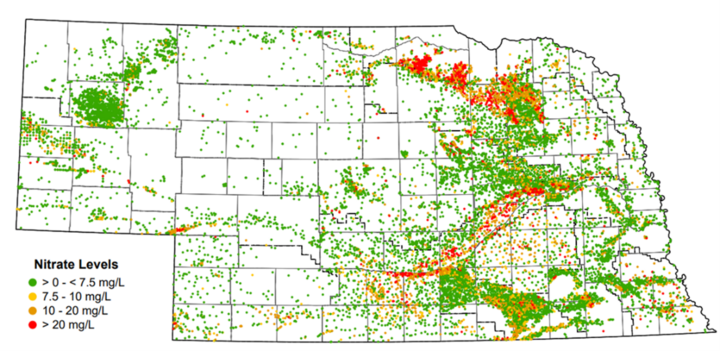
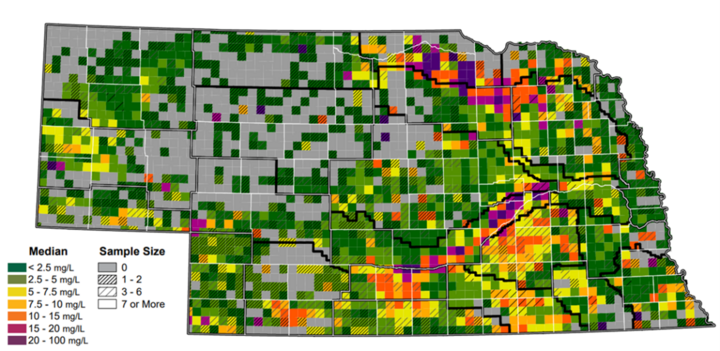
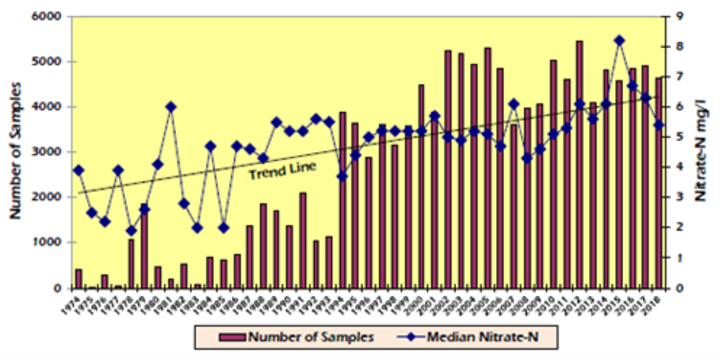
References
- Adelman, D., Schroeder, W., Smaus, R., & Wallin, G. 1985. Overview of Nitrate in Nebraska's Ground Water. Transactions of the Nebraska Academy of Sciences and Affiliated Societies.
- Comly, H.H. 1945. Cyanosis in Infants Caused by Nitrates in Well Water. JAMA. 1945;129(2):112-116.
- Dubrovsky, N.M. and P.A. Hamilton. 2010. Nutrients in the Nation’s Streams and Groundwater: National Findings and Implications. U.S. Geological Survey Fact Sheet 2010-3078.
- Kania, J., M. Kramer, P. Senge. 2018. The Water of Systems Change. FSG Report.
- Madison, R.J., and J.O. Brunett. 1985. Overview of the occurrence of nitrate in ground water of the United States. U.S. Geological Survey Water Supply Paper 2275.
- Miller, D., D. Snow, B. Krinke. 2019.How can nitrogen budgeting estimate nitrate-N loading to groundwater?
- Mueller, D.K., and D.R. Helsel 1996. Nutrients in the Nation's Waters--Too Much of a Good Thing? U.S. Geological Survey Circular 1136
- Nebraska Department of Environmental Quality. 2020. Groundwater Quality Monitoring Report.
- Snow, D., Malakar, A., Jahangeer, Adams, C., Ray, C. 2020. Vadose Zone Nitrate-N Study: Final Report Hastings Wellhead Protection Area: City of Hastings, NE
- Spalding, R.F. and M. E. Exner 1993. Occurrence of Nitrate in Groundwater--A Review. Journal of Environmental Quality. Vol 22. Iss 3
- U.S. Department of the Interior Bureau of Reclamation in cooperation with the Nebraska Natural Resources Commission. 1999. Nitrate and Nebraska’s Small Community and Rural Domestic Water Supplies: An Assessment of Problems, Needs, and Alternatives.
- Walton, G. 1951. Survey of Literature Relating to Infant Methemoglobinemia Due to Nitrate-Contaminated Water. American Journal of Public Health. Vol 41. pp 986-996.
- Ward, M.H., R.R. Jones, J.D. Brender, T.M. de Kok, P.J. Weyer, B.T. Nolan, C.M. Villanueva, and S.G. van Breda. 2018. Drinking Water Nitrate and Human Health: An Updated Review. Int J Environ Res Public Health. 15(7): 1557.
- Ward, M. 2021. Health Effects of Nitrogen in Drinking Water. Part of the National Academies Workshop: Reducing the Health Impacts of the Nitrogen Problem: An Environmental Health Matters Workshop
- Weir Schechinger, A. 2020. Across Farm Country, Nitrate Pollution of Drinking Water for More Than 20 Million Americans Is Getting Worse. Environmental Working Group report.
- Wells, M., Gilmore, T., Mittelstet, A., Snow, D., Sibray, S. 2018. Assessing Decadal Trends of a Nitrate-Contaminated Shallow Aquifer in Western Nebraska Using Groundwater Isotopes, Age-Dating, and Monitoring. Journal of Water.
- Wortmann et al. 2011. Nitrogen use efficiency of irrigated corn for three cropping systems in Nebraska. Agronomy Journal 103:76-84.
Nebraska Nitrate Stakeholder and Working Groups Overview
In the half century since nitrate was first identified as a concern, progress has been made in understanding how nitrogen moves through the environment, in-field practices which have improved fertilizer and water efficiency, and governance structures for policy programs. However, a scientific understanding of nitrate dynamics and development of technical fixes alone does not constitute a solution to the issue. Lasting progress at scales needed remains elusive. The interconnection and complexity of the challenge are beyond the ability for any single farmer, organization, or agency to address. Change requires systems thinking about root causes. These processes need to move forward collectively since the limiting conditions are dynamic. (Kania, Kramer, Senge 2018)
Nebraska Nitrate events
Nebraska Nitrate Faculty Retreat – January 2019, Lincoln
Participants: 49 faculty across 10 departments and 3 campuses. Grown to over 85 faculty.
The goal of the Nebraska Nitrate Faculty Group is to build capacity in Teaching, Extension and Research areas to address rising nitrate concentrations in surface water and groundwater across the state. The function of this group is to coordinate nitrate-related Extension efforts, serve as a communication platform across research and extension faculty system-wide, and connect our faculty and programming with Nebraska water stakeholders.
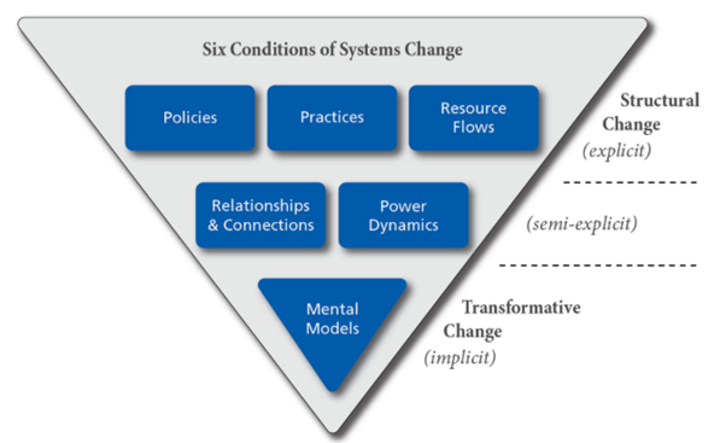
Nebraska Water Conference: Building a Clean Water Future – October 2019, Norfolk
Participants: 40 speakers with 185 attendees representing 45 organizations
A showcase of the latest research, policy, education, and outreach focused around water quality and public health, innovative solutions to current problems, and community engagement.
Nitrate Strategy Meeting - January 2020, Lincoln
Participants: 44 attendees from 29 organizations
This facilitated ideation session involving a broad set of statewide water and agricultural leaders. Participants worked to develop short-term priorities to improve nitrate-water quality issues. There was consensus around the goal of improving nitrate-water quality issues and ensuring all Nebraskans have access to safe drinking water. The participants identified key working groups to further evaluate actionable remedies: Awareness, Policy, Education: K-12, Education: Producer.
Nitrate Strategy Working Groups – September 2020 to March 2021
Participants: 38 participants from 25 organizations in 3 working groups (Policy, Producer Education, Awareness). Participants used a systems thinking approach of facilitated ideation with the goal of developing actionable projects. Project ideas proposed to have short-term actions and require cross-organizational support.
Nebraska Nitrate Stakeholder and Working Groups Participants
| Name | Organization | Participant |
|---|---|---|
| Dave Aiken | UNL, College of Law | Policy |
| Karen Amen | Lower Platte South NRD/ NE Natural Resources Commission | Strategy Group |
| Matt Bailey | Shell Creek Watershed Group/ Lower Platte North NRD | Strategy Group |
| Melissa Baker | GC Resolve | Strategy Group |
| Alisha Bartling | Santee Sioux Nation | Strategy Group |
| Hannah Birge | The Nature Conservancy Nebraska | Strategy group/Policy |
| Mark Brohman | Nebraska Environmental Trust | Strategy Group |
| Kyle Brunkhorst | Nebraska Corn Growers Association | Policy |
| Jeff Buettner | Central NE Public Power and Irrigation District | Strategy Group |
| Russell Callan | Lower Loup NRD | Strategy Group |
| Ryan Chapman | NE Dept of Environment and Energy | Strategy Group |
| Graham Christensen | GC Resolve | Strategy Group |
| Dan Clement | Central Platte NRD | Strategy Group |
| George Cunningham | Sierra Club Nebraska | Strategy Group/ Policy |
| Tatiana Davalia | NE Dept of Environment and Energy | Strategy Group/ Policy/ Producer Education |
| Jodi Delozier | UNL, School of Natural Resources | Awareness |
| Sue Dempsey | NE Dept of Health & Human Services | Strategy Group |
| Craig Derickson | USDA-NRCS | Strategy Group |
| Dean Edson | NE Association of Resource Districts | Strategy Group |
| Josh Egley | NU Foundation | Strategy Group |
| Dick Ehrman | Lower Platte South NRD | Strategy Group |
| Jacob Fritton | Nature Conservancy of Nebraska | Strategy Group |
| Amanda Gangwish | Nebraska Conservation Voters | Awareness |
| Troy Gilmore | UNL, School of Natural Resources | Awareness |
| Jane Griffin | Groundwater Foundation | Strategy Group |
| Karen Griffin | Ollsen | Strategy Group |
| Kyle Hauschild | Little Blue/Nemaha NRD | Strategy Group |
| Rachael Herpel | Nebraska Water Center/ Water for Food | Strategy Group/ Awareness/ Policy |
| Chrystal Houston | Upper Big Blue NRD | Strategy Group |
| Anne Hubbard | Retired physician | Strategy Group |
| Javed Iqbal | UNL, Agronomy | Policy, Producer Education |
| Chelsea Johnson | Nebraska Conservation Voters | Awareness |
| Terry Julesgard | Lower Niobrara NRD | Strategy Group |
| Andy Kahle | NE Dept of Health & Human Services | Strategy Group |
| Michelle Koch | NE Game & Parks Commission | Strategy Group |
| Ashley Kohls | Nebraska Cattlemen | Strategy Group |
| Marie Krausnick | Upper Big Blue NRD | Strategy Group, Policy, Producer Education |
| Meghan Langel | UNMC, Water and Health | Awareness |
| Andy Licht | Nebraska Agri-Business Association | Strategy Group, Policy, Producer Education |
| Marty Link | NE Dept of Environment & Energy | Strategy Group |
| Jim Macy | NE Dept of Environment & Energy | Strategy Group |
| Boone McAfee | Nebraska Corn Board | Strategy Group, Producer Education |
| Peter McCornick | Daugherty Water for Food Global Institute/ Univ of NE | Strategy Group |
| Carla McCullough | UNL, School of Natural Resources | Awareness |
| Mike McDonald | farmer, Nemaha NRD board, Healthy Soils Task Force | Awareness, Policy |
| Melissa Mosier | Audubon Nebraska | Awareness |
| Steve Melvin | UNL Extension | Producer Education |
| Scott Merritt | NE Agri-Business Association | Strategy Group |
| Ansley Mick | Nebraska Farm Bureau | Strategy Group |
| Jeremy Milander | University of Nebraska Extension | Strategy Group |
| Mike Murphy | Middle Niobrara NRD | Strategy Group, Policy, Producer Education |
| Aaron Nygren | University of Nebraska Extension | Strategy Group |
| Pat O’Brien | Upper Niobrara White NRD | Strategy Group, Policy |
| Roric Paulman | Paulman Farms | Strategy Group, Policy |
| Katie Pekarek | University of Nebraska School of Natural Resources | Strategy Group, Policy, Producer Education |
| Mark Porath | NE Game & Parks Commission | Strategy Group |
| Crystal Powers | Nebraska Water Center/Daugherty Water for Food Institute/University of Nebraska | Strategy Group, Policy, Producer Education |
| Chittaranjan Ray | Nebraska Water Center/ Univ of NE | Strategy Group |
| Jay Rempe | Nebraska Farm Bureau | Strategy Group |
| Bruce Rieker | Nebraska Farm Bureau | Policy |
| Eleanor Rogan | Univ of Nebraska Medical Center | Strategy Group |
| Adam Rupe | JEO | Strategy Group, Awareness |
| David Rus | USGS | Strategy Group, Awareness |
| Becky Schuerman | UNL Extension | Awareness |
| Dennis Schueth | Upper Elkhorn NRD | Strategy Group |
| Barbara Soderlin | NU Foundation | Strategy Group |
| Mike Sousek | Lower Elkhorn NRD | Strategy Group |
| Marty Stange | Hastings Utilities | Strategy Group, Producer Education |
| Jeff Steffen | farmer, Lewis & Clark NRD board, Healthy Soils Task Force | Producer Education |
| Tim Storm | Middle Niobrara NRD | Strategy Group |
| Jennifer Swanson | Nebraska Association of Resource Districts | Strategy Group, Policy, Producer Education |
| Zhenghong Tang | UNL | Awareness, Policy |
| Megan Taylor | University of Nebraska Extension | Strategy Group |
| Kyle Temple | Middle Niobrara NRD | Producer Education |
| John Thorburn | Tri-Basin NRD | Policy, Producer Education |
| Rich Uhrenholdt | farmer | Policy |
| Andrew Vinton | Natural Resources Committee | Strategy Group |
| Lyndon Vogt | Central Platte NRD | Strategy Group |
| Jessica Walsh | UNL, College of Journalism | Awareness, Producer Education |
| Britt Weiser | USDA-NRCS | Strategy Group |
| Tyler Weishahn | Lower Big Blue NRD | Strategy Group |
| John Westra | UNL Extension | Producer Education |
| Greg Wilke | Middle Niobrara NRD board | Producer Education |
| Steven Wolf | Fides Munusque Fidele, Inc. | Awareness |
| Ron Yoder | University of Nebraska - Lincoln | Strategy Group |